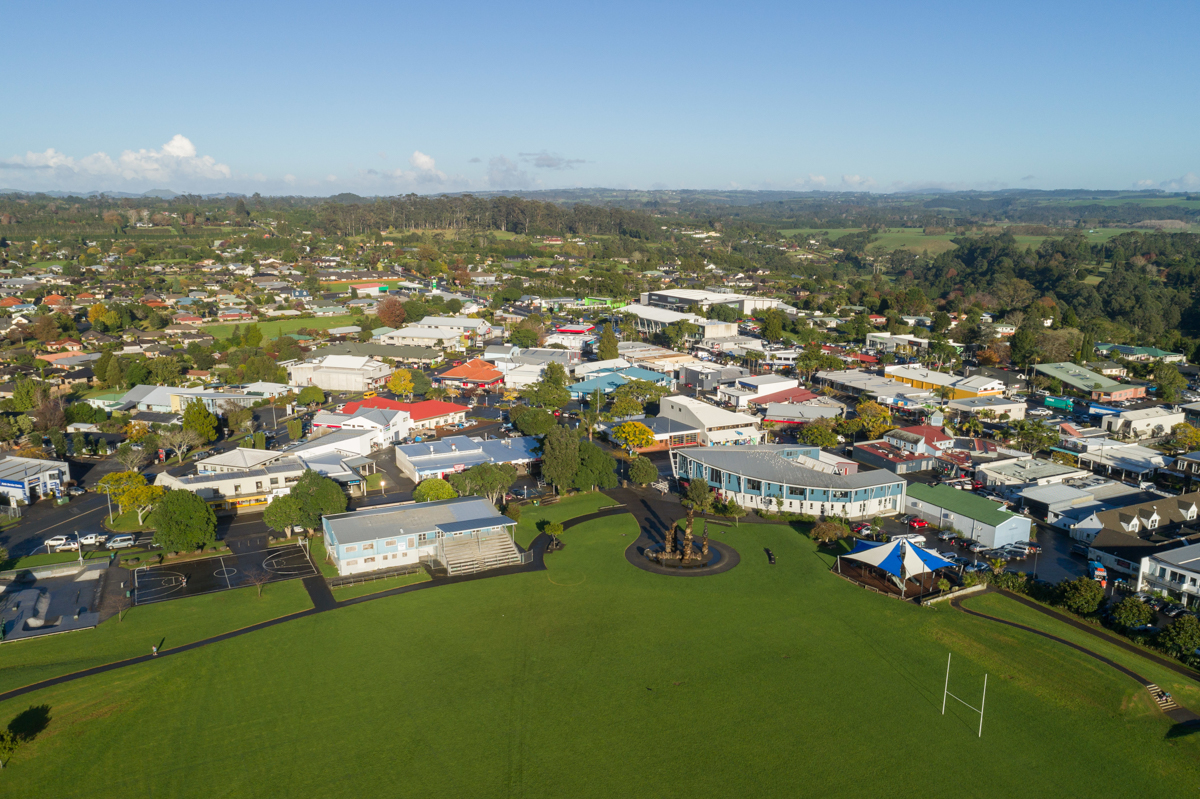School students work on Kerikeri traffic strategy
Kerikeri High School geography students are helping the Far North District Council identify and resolve the town’s traffic problems.

Kerikeri High School geography students are helping the Far North District Council identify and resolve the town’s traffic problems.
Forty-two Year 12 and 13 students wearing high-visibility jackets and armed with pens and clipboards monitored peak traffic flows at a number of Kerikeri’s busiest intersections on 21 May. They were collecting data on the number of vehicles passing each point, and also noting driver behaviours such as using roundabouts to make U-turns.
Civil engineering company, Haigh Workman, will be use the data to confirm current congestion levels and help model the effects of predicted population and traffic growth. If the results confirm that Kerikeri has major traffic problems, the company will then work on possible solutions for the Council to include in its future Integrated Transport Plan.
Geography and Tourism head of department Dana Boisen says students often use data from hypothetical scenarios in coursework. “The traffic count was a great opportunity for students to use real-life information and base their research learning and assessment around some of the information collected.”
Kerikeri High School Associate Principal Mike Clent says the request from Haigh Workman to be part of the traffic count was an authentic learning opportunity that engaged students with their community. “This is a good opportunity to integrate class time learning with a real-life study that will model traffic growth around Kerikeri.”
The students were posted at key intersections and roundabouts on Kerikeri, Waipapa and Hone Heke Roads, as well as at the Heritage Bypass. Counting was undertaken over three shifts at peaks time between 7am and 9am, 11.30am and 1.30pm, and finally between 4pm and 6pm. This will be augmented by automatic traffic counters fixed to road surfaces.
Current information on Kerikeri’s growth shows that traffic on State Highway 10 is growing by 6 per cent annually. Traffic growth on state highways is normally mirrored on district collector or arterial roads. For example, Kerikeri Road has a count of over 10,000 vehicles per day. If growth of 6 per cent continues over the next 12 years, the volume on Kerikeri Road will top 20,000 vehicles per day, which will be well in excess of its capacity.
The Council will seek public feedback on a draft Integrated Transport Strategy in October.

